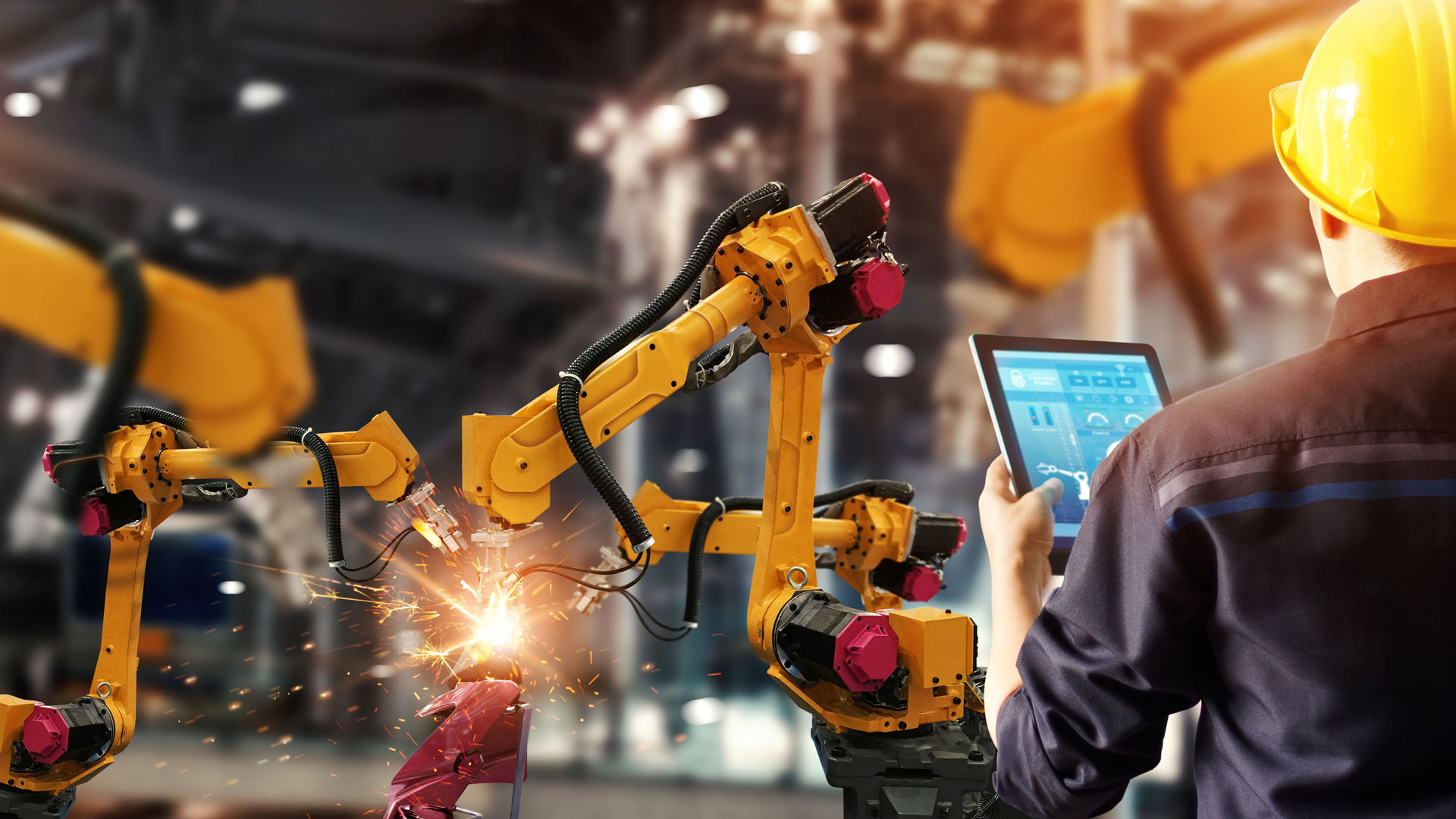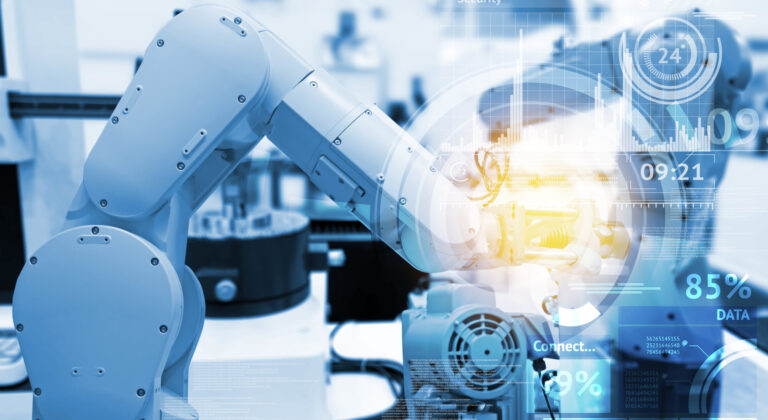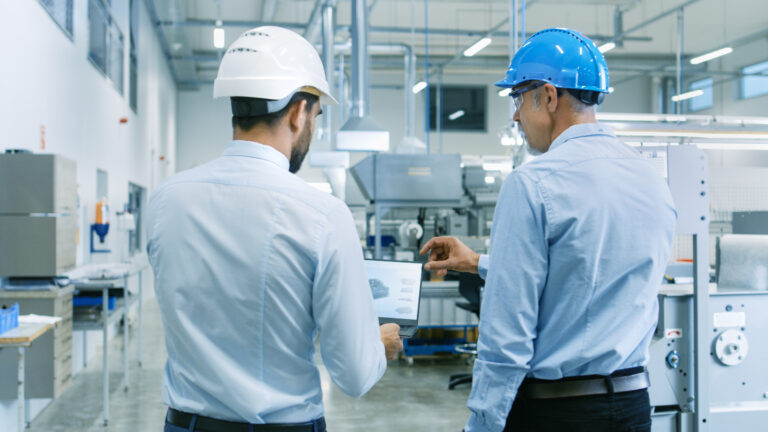
There’s no doubt about it: today’s production systems are becoming incredibly complex. Machinery, cells, lines, and entire facilities leveraged new and innovative sensors, electronics and programmable logic controllers (PLC) to do some pretty amazing things. The future of the smart factory is now. However, setting up and verifying that these production systems work as intended is not easy. Debugging a physical production line causes significant headaches and financial losses. In this post, we’ll dive into a new way of commissioning these production systems: virtual commissioning. To start, let’s look at the process and shortcomings of relying exclusively on physical commissioning.
This post is Part One of a four-part series:
- Part Two is The Role of a Component Library in Virtual Commissioning
- Part Three is What is FMI? How is it Related to Virtual Commissioning?
- Part Four is Digital Twins of Production Systems: 1D? 3D? What is the Best Fit?
Commissioning Production Systems
Production systems include all lines and cells in a plant or facility that work together to create the end product. Commissioning these machine systems takes place at installation and also upon implementation of upgrade kits.
Commissioning a machine, cell or production line involves verifying that all aspects of the machine work together to produce the necessary end result. Traditionally, this validation happens after the production system is set up. Whether in the original equipment manufacturer’s facility or in that of the customer, mechanical hardware, programmable logic controls (PLCs), actuated hardware, and human-machine interfaces (HMIs) come together and for testing to prove they are performing as designed. When these combined components function as a single entity, the manufacturing and installation of the machine is considered complete.
Historically, commissioning takes place physically. This debugging process tests the production system in multiple scenarios including startup, shutdown, high volume production, and many others. During such testing, engineers can look for problems in the operation of the production system. Once found, they can develop and implement modifications that address the issue.
Nominally, this approach works well. However, identifying and resolving issues during physical commissioning is costly in terms of time, materials, and personnel. Additional time spent in commissioning results in delays in machine delivery that translate to financial penalties based on the initial sales order. Furthermore, this late in the project, the design of the production system is highly constrained. Engineers have little flexibility to address problems.
Given these issues, companies are looking for ways to discover problems earlier when they aren’t so costly to fix. That leads them to virtual commissioning.
Virtual Commissioning with a Digital Twin
Rather than commissioning the physical machine after manufacture and installation, more and more companies are turning to virtual commissioning using a digital twin. This virtual replica emulates and predicts the behaviors of the final physical production system using digital means.
One significant advantage to virtual commissioning is that, unlike with physical commissioning, everyone need not wait until all hardware arrives before starting. That includes any custom equipment, PLCs, HMIs, and more. Traditionally, this delay severely constrains the time engineers have to test and debug production systems. Alternatively, virtual commissioning can start long before any hardware arrives. Because all of the components exist in a software model, engineers can start testing interoperability in the digital realm. This transforms physical commissioning into the verification of tests of the digital twin.
Another advantage is the ability to explore more design alternatives. With a digital twin, engineers can try out many different PLCs, HMIs, or other equipment to understand how performance varies. In the end, this leads to better, more efficient production systems with higher throughput. Physical commissioning leaves, little or no time to explore alternatives. The emphasis is on verifying a working production system.
Lastly, engineers can validate the performance and behaviors of individual hardware components separate from the entire production system. For example, engineers are able to connect physical PLC or HMI equipment to the digital simulation. They can run the simulation in real-time, using the physical PLC or HMI equipment as control. This approach, called Hardware-in-the-Loop, lets engineers ensure that specific equipment works for that production system.
The Role of 1D Simulations
The key enabler for virtual commissioning is a 1D simulation. Visually, these models look like a simple flow diagram with component boxes linked to one another with connectors. Each component has inputs and outputs, passing information and data from one to another through the connections. The internals of the component transforms the input into the output. For some, those internals are complex equations mimicking physical behaviors. Others include logical operators. This connects the logic of control systems and the physical behaviors of equipment together. Holistically, this model represents the digital twin of the production system.
Interestingly, digital twins aren’t just meant for the virtual world. Hybrid digital twins connect physical equipment and controllers to simulation models. A PLC can connect to a simulation model of the production line. A digital facsimile of a PLC can connect to a physical manufacturing cell. This concept, called Hardware-in-the-Loop (HiL), enables a slower, more seamless transition from virtual commissioning to physical commissioning. Engineers can take small steps towards working with real-world equipment as they get hardware in their hands.
Overall, 1D simulations play a crucial, fundamental role in virtual commissioning.
Recap and Recommendations
- The modern engineering culture is driving innovation by incorporating more complex technologies into production systems.
- Commissioning a machine system involves testing and validating the behavior of the combination of all cells to ensure optimal function.
- With a digital twin and virtual commissioning, manufacturers can ensure minimal production downtime and create an entire virtual factory floor to detect and resolve operational missteps.
- 1D simulations are the key enabler to virtual commissioning, allowing engineers to start in a digital environment and seamlessly transition to physical commissioning through intermediate steps.






